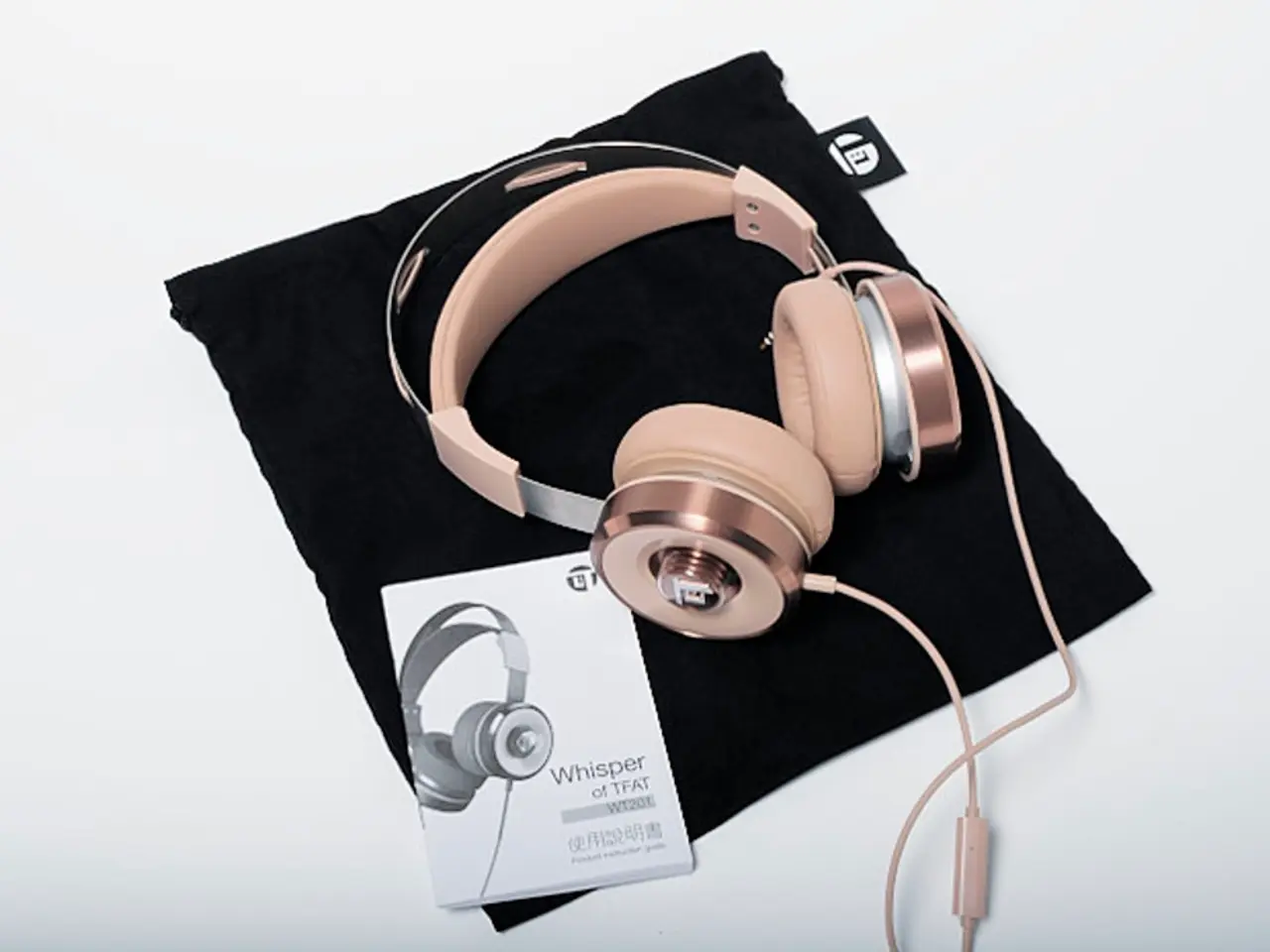Headphone Market Growth Forecasted on the Path to Recovery
The global headphones market saw a 4.3% year-on-year increase in shipments during Q1 2025, surpassing 106 million units, according to Futuresource Consulting's latest report. However, the growth is not evenly distributed across regions, with significant differences emerging.
In North America, particularly the US, the market is performing strongly, described as "loud" in contrast to Europe. The market's momentum is partly attributed to eased import tariff pressures after a 90-day pause on US tariffs was announced in April 2025. This tariff reprieve, combined with significant vendor stockpiles, has enabled a recovery and growth in shipments, with renewed optimism for the rest of 2025. This positive regional dynamic is pushing innovations and product launches, helping maintain the US's leadership status in headphone market growth.
On the other hand, Europe's market is more "muted" compared to the US, facing more economic and policy pressures. This has led to slower growth and a more cautious market environment. The data suggests that economic and regulatory conditions are limiting the pace of recovery in headphone shipments across Europe in Q1 2025.
Emerging markets, while not as explicitly detailed, generally face different economic pressures but are part of the overall global growth picture. The segmentation implies that while North America is robust and Europe cautious, emerging markets may be contributing to growth but likely at varying rates influenced by local economic conditions and consumer adoption trends.
The report also highlights that brands that can adapt quickly, balancing premium innovation with competitive pricing and regional nuance, will be best placed to weather volatility and unlock fresh growth in the headphone market.
In terms of market share, Apple, JBL, and Xiaomi retained leading positions in Q1 2025. Xiaomi and Huawei continued to perform strongly in emerging markets, while over-ear models saw a 7% increase in shipments, driven by renewed interest in premium features like Active Noise Cancellation (ANC) and longer battery life.
The retail sector in North America boosted demand for lower-cost and mid-tier headphone models due to early purchases to avoid expected U.S.-China import duties. On the other hand, high headphone penetration and economic uncertainty in Europe have led to a slowdown in fresh demand and pressure on pricing.
True Wireless Stereo (TWS) headphones continued to dominate in the form factors, with shipments up 1% year-on-year, totaling 66 million units. Open-ear OWS shipments reached 3.6 million units, reflecting niche growth at the higher end of the market.
The global retail value for headphones remained relatively flat in Q1 2025. Economic pressures in Europe are likely to persist, affecting the headphone market. U.S.-China trade tensions are expected to continue shaping buying patterns throughout the rest of the year.
In conclusion, Futuresource's Q1 2025 data shows that economic and policy factors are driving sharp contrasts between regions: North America is experiencing robust growth boosted by tariff relief, Europe remains cautious and subdued, and emerging markets contribute to overall global gains but with regional variability. Brands that can adapt to these regional differences will be key to success in the headphone market.
Wireless audio technology continues to be a significant focus in the headphone industry, with emerging trends pointing towards adaptable brands that balance premium innovation, competitive pricing, and regional nuances. The wireless audio market in North America, particularly the US, is flourishing, boosted by tariff reprieve and vigorous consumer demand for lower-cost and mid-tier gadgets, such as smartphones and headphones. On the other hand, Europe's market is proceeding more cautiously due to economic and policy pressures, affecting the growth and consumer interest in both wireless audio and retail sectors.




